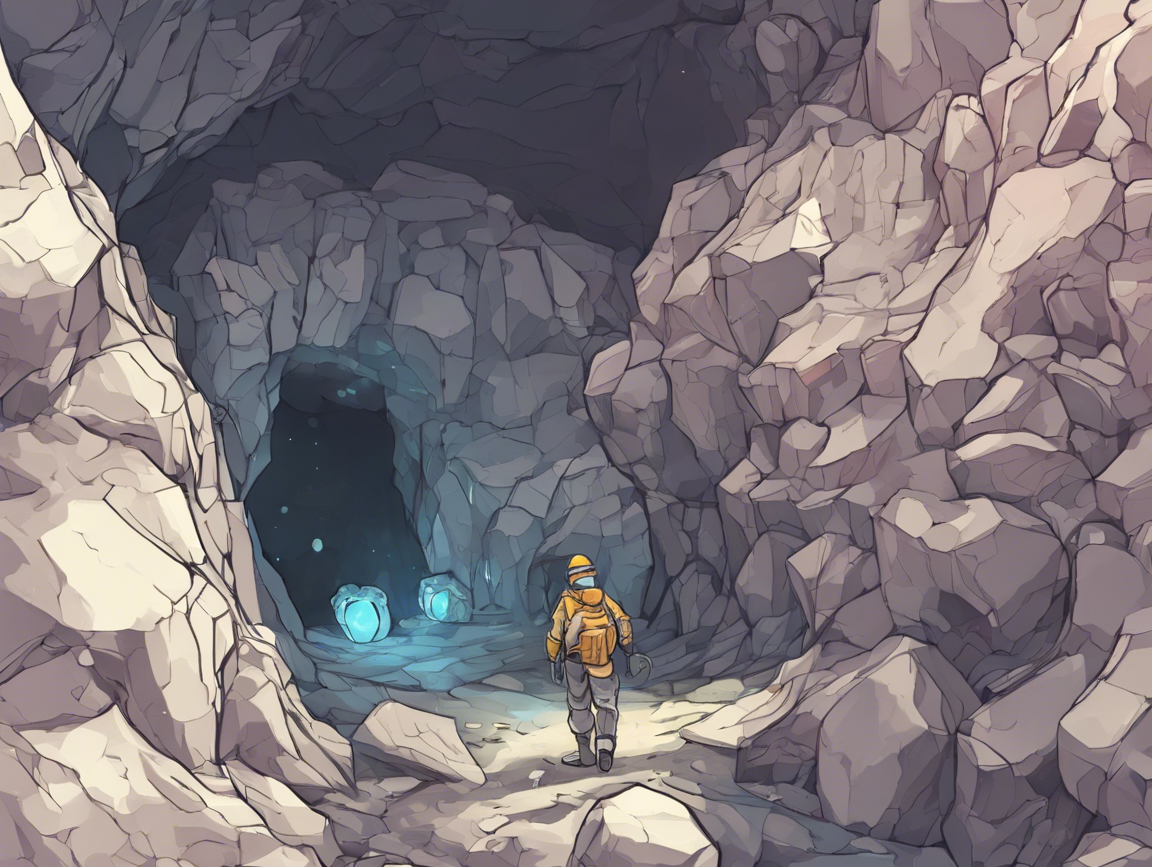Deep within the Earth’s crust, a world of wonder and mystery beckons to adventurers brave enough to explore it. Caves, with their unique geological formations and hidden passageways, have long captivated the human imagination. For spelunkers – or cavers, as they are commonly known – delving into these subterranean realms is not just a hobby, but a passion. And in recent years, artificial intelligence (AI) has emerged as a powerful ally for these intrepid explorers, revolutionizing the way they navigate and understand the underground world. In this guide, we will delve into the myriad benefits of AI for cavers and how this advanced technology is reshaping the way we explore caves.
Understanding Cave Environments with AI
AI-Powered Mapping and Navigation
One of the most significant challenges for cavers is navigating complex cave systems with limited visibility and often treacherous terrain. Traditional mapping methods, such as hand-drawn surveys and rudimentary GPS systems, have their limitations in the intricate and convoluted world of caves. Enter AI-powered mapping and navigation tools, which leverage advanced algorithms to create detailed 3D maps of cave systems, helping cavers visualize and plan their expeditions with unprecedented accuracy.
Data Analysis and Pattern Recognition
Cave exploration generates vast amounts of data, from geological samples to sensor readings. Analyzing this data manually is a time-consuming and labor-intensive process, often prone to errors. AI algorithms excel at processing large datasets quickly and accurately, identifying patterns and anomalies that might escape the human eye. By utilizing AI for data analysis, cavers can gain valuable insights into cave ecosystems, hydrology, and geology, enabling more informed decision-making during expeditions.
Enhancing Safety and Efficiency
Risk Assessment and Mitigation
Safety is paramount in cave exploration, where hazards such as unstable rock formations, poisonous gases, and sudden floods pose constant threats. AI can help cavers assess risks more effectively by analyzing real-time environmental data and alerting them to potential dangers. By incorporating AI-powered risk assessment tools into their expeditions, cavers can make better-informed decisions to ensure their safety and well-being underground.
Autonomous Exploration
In some cases, caves are too hazardous or inaccessible for human exploration. AI-powered drones and robotic vehicles offer a solution by enabling autonomous exploration of remote cave passages. Equipped with sensors and cameras, these devices can venture into uncharted territories, mapping the terrain and collecting valuable data without putting human cavers at risk. Autonomous exploration not only enhances efficiency but also opens up new possibilities for discovering hidden cave systems.
Preserving Cave Ecosystems with AI
Environmental Monitoring
Cave ecosystems are delicate and vulnerable to human activities. By deploying AI-powered sensor networks, cavers can monitor environmental parameters such as temperature, humidity, and air quality in real-time, helping to detect changes that might indicate ecosystem distress. This proactive approach to environmental monitoring enables cavers to minimize their impact on cave ecosystems and contribute to their long-term conservation.
FAQs:
-
How can AI help cavers navigate complex cave systems?
AI-powered mapping and navigation tools create detailed 3D maps of cave systems, enhancing visualization and expedition planning. -
What role does AI play in data analysis for cave exploration?
AI algorithms process large datasets quickly and accurately, identifying patterns and anomalies to provide valuable insights for cavers. -
How does AI enhance safety for cavers during expeditions?
AI assists in risk assessment by analyzing real-time environmental data and alerting cavers to potential hazards, ensuring their safety underground. -
What are the benefits of autonomous exploration using AI-powered drones and robots in caves?
Autonomous devices can explore hazardous or inaccessible cave passages, mapping the terrain and collecting data without risking human cavers’ safety. -
How does AI contribute to preserving cave ecosystems during exploration?
AI-powered sensor networks monitor environmental parameters in real-time, helping cavers detect changes and minimize their impact on delicate cave ecosystems.
